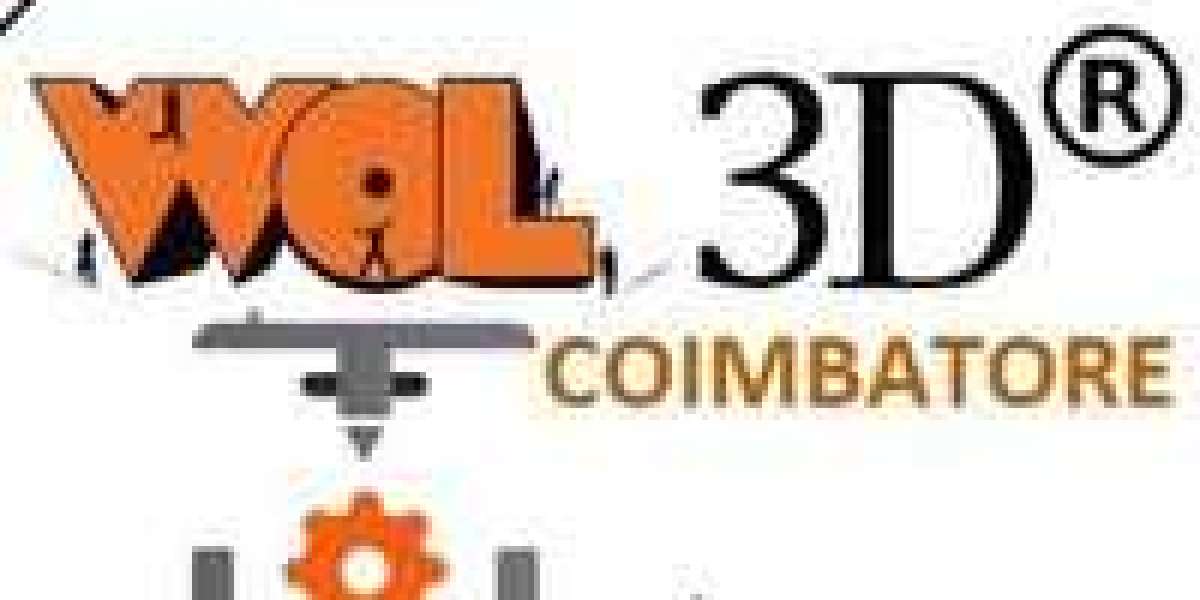The Digital Imaging and Communications in Medicine (DICOM) standard has been the cornerstone of medical imaging for decades. From X-rays and MRIs to CT scans and ultrasounds, DICOM ensures the seamless exchange of medical images and associated data. However, with the rise of new technologies, particularly in artificial intelligence (AI), the future of DICOM is set to undergo significant transformation. This article explores how innovations in AI and imaging technologies are reshaping the landscape of DICOM solutions and what this means for the healthcare industry in the coming years.
Understanding DICOM: The Backbone of Medical Imaging
Before delving into the innovations shaping the future of DICOM, it’s essential to understand the role it plays in healthcare. DICOM is an international standard for transmitting, storing, and sharing medical images. It was developed to address the growing need for interoperability in medical imaging systems, ensuring that images from different machines and systems could be read and shared across diverse platforms.
DICOM files consist of two main components:
- Image Data: This includes the actual medical images such as MRI scans, X-rays, or CT images.
- Metadata: The associated patient information, imaging parameters, and acquisition data, which helps healthcare professionals interpret the images accurately.
DICOM solutions are used in various medical imaging devices and systems, including Picture Archiving and Communication Systems (PACS), radiology workstations, and hospital information systems (HIS).
The Role of Artificial Intelligence in Healthcare Imaging
Artificial intelligence has already started to revolutionize healthcare in a myriad of ways. In the field of medical imaging, AI's impact is perhaps the most profound, helping improve diagnosis, optimize workflows, and reduce human error. AI algorithms, particularly in deep learning and computer vision, are now capable of analyzing medical images with high accuracy and speed, often on par with or surpassing human radiologists.
Here are some of the ways AI is transforming the medical imaging field:
1. Automated Image Analysis
AI-powered image analysis tools can automatically detect abnormalities, such as tumors, fractures, or other conditions in medical images. These algorithms can process large volumes of data quickly and accurately, assisting healthcare providers in making faster and more informed decisions. For example, AI in radiology can detect early signs of breast cancer or lung disease in mammograms or chest X-rays, potentially leading to earlier intervention and better outcomes.
2. Improving Accuracy and Consistency
One of the significant challenges in medical imaging is the potential for human error, whether due to fatigue, oversight, or lack of experience. AI can help improve diagnostic accuracy and consistency by eliminating these issues. AI algorithms can recognize patterns and anomalies in medical images that might be overlooked by human eyes, leading to more accurate diagnoses.
3. Workflow Optimization
AI can significantly improve the efficiency of medical imaging workflows by automating time-consuming tasks, such as image labeling, sorting, and triaging. With AI-assisted tools, radiologists can focus more on the interpretation of complex cases, while routine tasks are handled by the system. This reduces the time it takes to process and review images, thereby improving the overall efficiency of imaging departments and reducing wait times for patients.
4. Integration with DICOM Solutions
AI is also enhancing DICOM solutions by integrating seamlessly into existing healthcare systems. DICOM files can now be analyzed using AI algorithms within PACS systems or integrated into electronic health record (EHR) platforms, making it easier for healthcare providers to access AI-powered insights alongside traditional diagnostic information. This integration helps provide a more holistic view of a patient’s condition and ensures that critical information is available when needed.
Innovations in DICOM and AI Integration
The fusion of DICOM and AI is creating exciting opportunities for improving medical imaging practices and patient care. Here’s how innovations in AI are influencing the evolution of DICOM solutions:
1. AI-Powered DICOM Viewers
Traditionally, DICOM viewers were used primarily to visualize medical images. However, AI-powered DICOM viewers are now capable of analyzing these images and providing insights that radiologists can use in real-time. For example, a viewer could automatically highlight areas of concern, such as suspicious lesions, and suggest a diagnosis or recommend further imaging.
These AI-powered DICOM viewers are often integrated with machine learning models that have been trained on vast datasets, allowing them to detect patterns and anomalies that might not be apparent at first glance. As these systems continue to improve, they will become indispensable tools for radiologists, enhancing their ability to diagnose and treat patients effectively.
2. Smart Imaging with AI and DICOM
One of the key challenges in medical imaging is the need for high-quality images with minimal radiation exposure. AI is now being integrated into imaging devices themselves to optimize image quality. For instance, AI algorithms can automatically adjust imaging parameters such as contrast, exposure time, and resolution based on the type of scan and the patient’s condition.
Furthermore, AI can enhance image quality by reducing noise and artifacts in images, which is crucial for improving diagnostic accuracy. By applying AI to the imaging process, medical professionals can get clearer, more reliable images without exposing patients to unnecessary risks.
3. Real-Time Data Analysis with AI
AI is increasingly being used to perform real-time analysis of medical images, even as they are being acquired. This enables immediate feedback and allows radiologists to adjust imaging protocols on the fly to capture the most accurate information. Real-time AI analysis is particularly useful in areas like surgery and emergency medicine, where quick decisions are often needed to save lives.
For example, in emergency rooms, AI can instantly analyze X-rays or CT scans to identify life-threatening conditions, such as stroke or internal bleeding, and alert medical personnel. The integration of real-time data analysis with DICOM solutions ensures that these insights are readily accessible and shareable, improving care coordination.
4. Cloud-Based AI and DICOM Solutions
The adoption of cloud computing in healthcare is growing, and cloud-based AI platforms are becoming integral to medical imaging solutions. By leveraging the cloud, healthcare providers can access advanced AI-powered tools without the need for expensive on-premise hardware or software. DICOM images can be uploaded to cloud-based systems, where AI algorithms can process and analyze them quickly and securely.
Cloud-based DICOM solutions also offer enhanced collaboration, allowing radiologists, surgeons, and other medical professionals to access and share images and diagnostic insights from anywhere in the world. This is especially beneficial in remote areas or in situations where telemedicine is being used to provide care.
5. Predictive Analytics for Early Detection
AI models integrated with DICOM solutions can also be used to predict future health risks based on patterns in medical imaging. By analyzing large datasets of medical images, AI can identify subtle signs of conditions that may not yet be symptomatic but could lead to serious health issues in the future.
For example, AI could predict the onset of neurological diseases like Alzheimer's or Parkinson’s by analyzing brain scans for early signs of degeneration. Predictive analytics powered by AI, when integrated with DICOM systems, can help healthcare providers detect diseases earlier, improving patient outcomes and reducing long-term healthcare costs.
Ethical and Regulatory Considerations
As AI continues to integrate with DICOM solutions, there are significant ethical and regulatory considerations that must be addressed. For instance, AI models used for medical imaging must undergo rigorous validation and testing to ensure they are safe and effective for clinical use. Regulatory bodies such as the U.S. Food and Drug Administration (FDA) and the European Medicines Agency (EMA) are working to establish frameworks for the approval and regulation of AI-based medical devices.
Moreover, the use of AI in medical imaging raises privacy concerns, especially as patient data is often shared and stored in digital formats. Ensuring that AI-powered DICOM solutions comply with privacy regulations, such as HIPAA in the U.S. or GDPR in Europe, is critical to maintaining patient trust and protecting sensitive information.
The Road Ahead: DICOM and AI in 2030 and Beyond
The future of DICOM solutions is bright, thanks to the continuous advancements in AI and imaging technologies. By 2030, we can expect AI-powered DICOM solutions to be even more integrated into clinical workflows, offering advanced diagnostic insights, predictive analytics, and personalized treatment recommendations.
We may also see the rise of fully automated imaging departments, where AI handles everything from image acquisition to interpretation and diagnosis, allowing healthcare professionals to focus more on patient care and decision-making. However, these innovations must be carefully regulated to ensure that they meet high standards of safety, accuracy, and ethics.
As healthcare providers increasingly embrace these technologies, the integration of AI with DICOM solutions will not only improve the quality of care but also reshape how medical imaging is performed, accessed, and shared around the world.
Conclusion
The future of DICOM is undoubtedly intertwined with the rapid evolution of artificial intelligence and imaging technologies. By leveraging AI's potential to enhance diagnostic accuracy, automate processes, and improve image quality, DICOM solutions will continue to play a crucial role in modern healthcare. For healthcare providers and medical professionals, staying ahead of these innovations will be key to delivering better patient outcomes and optimizing clinical workflows.
As the landscape continues to evolve, the importance of seamless integration between AI and DICOM solutions will only grow. Whether you're a healthcare provider, a developer of medical imaging solutions, or a patient, the future of DICOM promises exciting possibilities for more efficient, accurate, and accessible healthcare.








